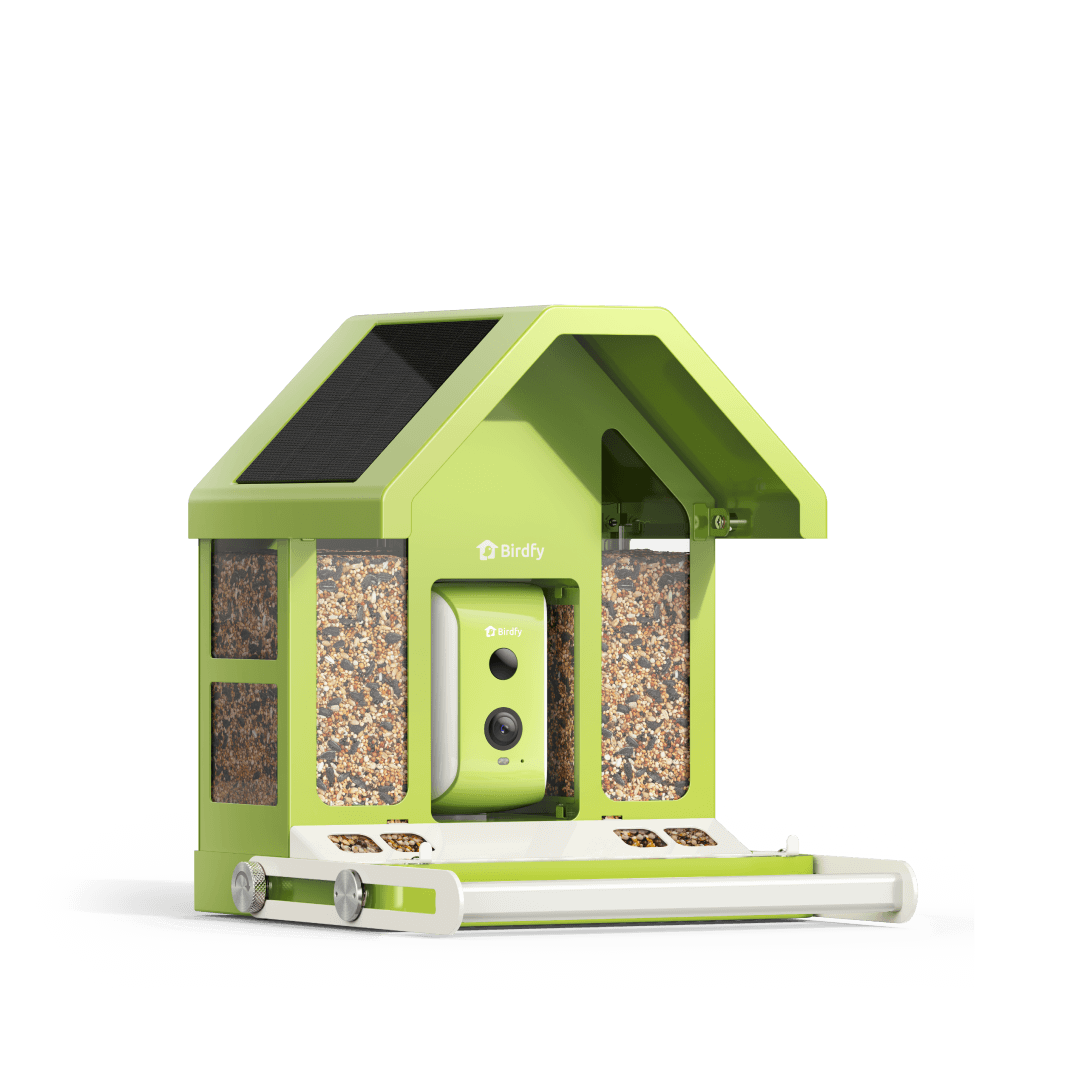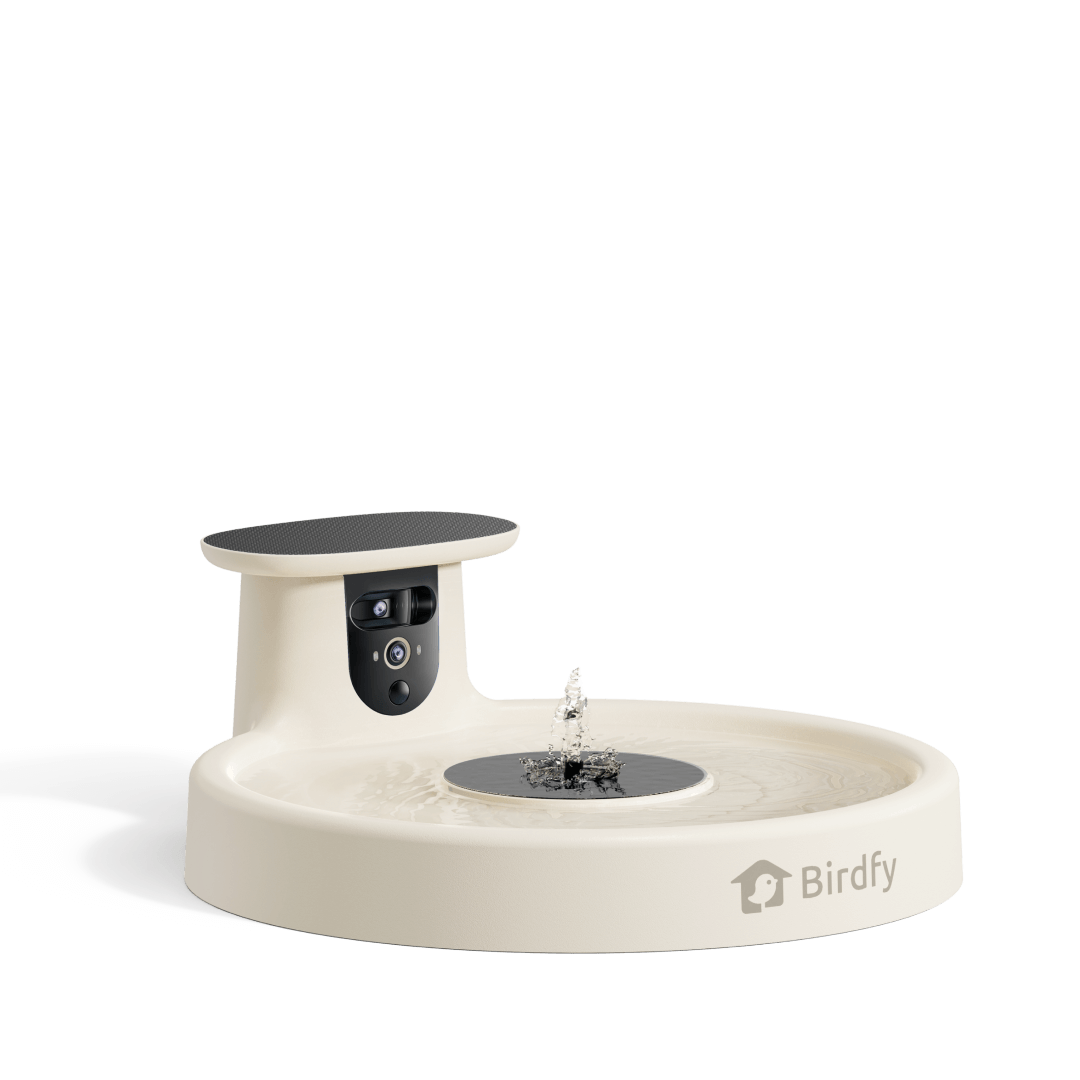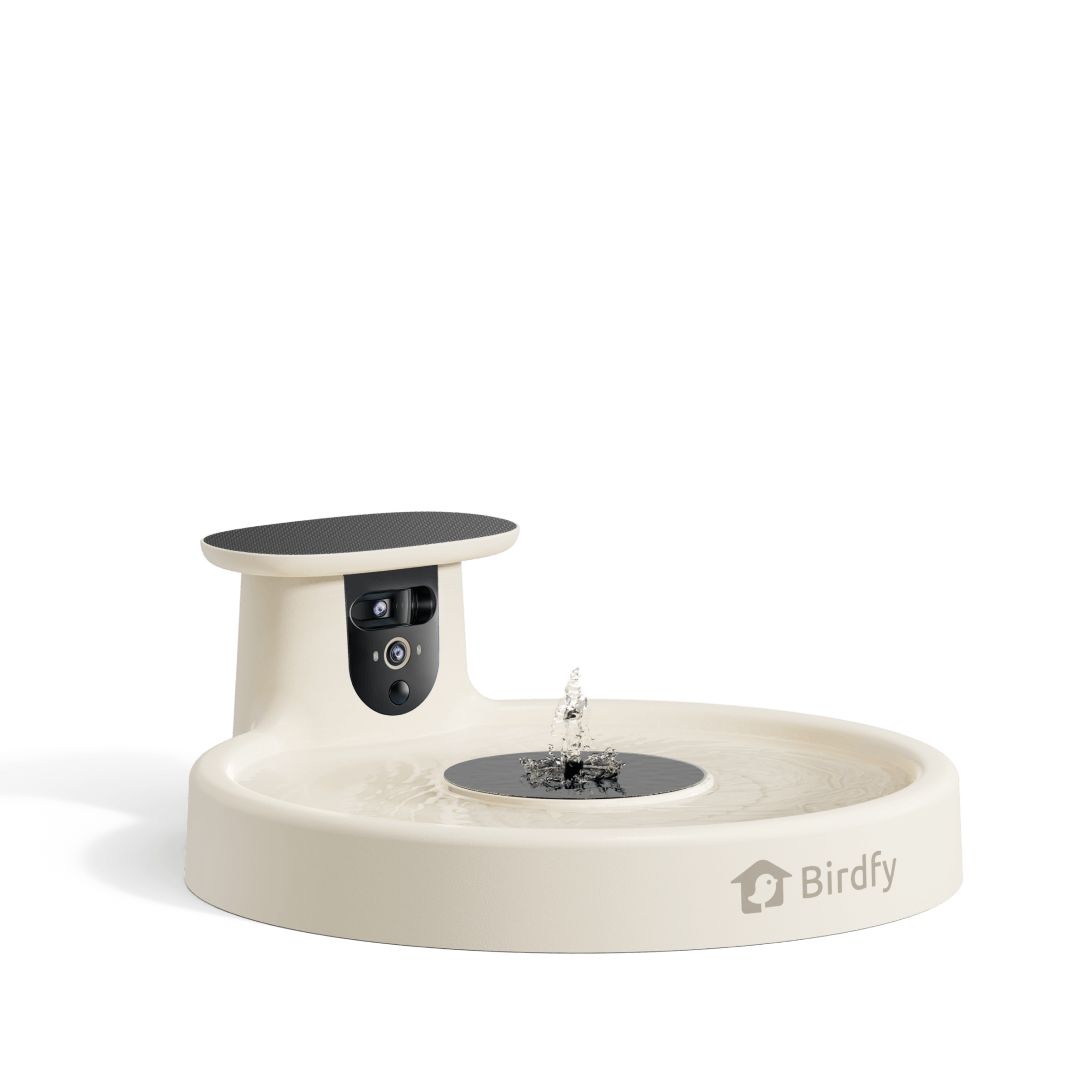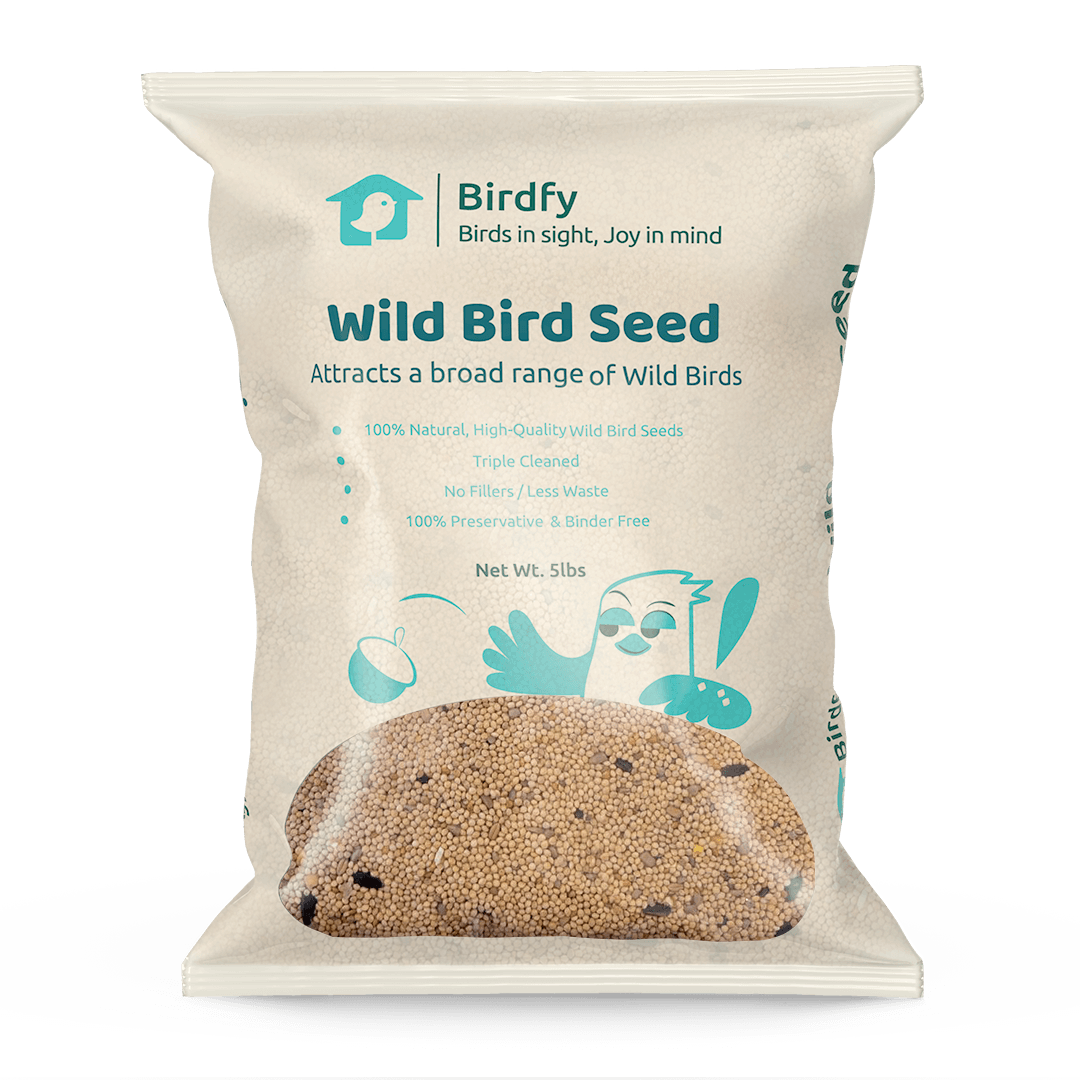Hummingbird colors
Hummingbirds are among the most colorful and mesmerizing birds in the world. Their iridescent plumage, intricate feather structures, and vibrant hues not only captivate birdwatchers and nature enthusiasts but also serve crucial roles in their biology and behavior. This essay explores the various colors found in hummingbirds, detailing the specific shades and patterns that contribute to their stunning appearance while also examining the science behind their vibrant coloration.
1.Understanding Hummingbird Coloration
Hummingbirds exhibit a range of colors, including iridescent greens, blues, reds, purples, and even browns and whites. The colors of hummingbirds can be broadly categorized into two types: structural colors and pigment-based colors.
Structural Colors: The iridescent colors seen in hummingbirds are primarily due to microscopic structures in their feathers. These structures refract light, creating vivid, shimmering effects. The angle at which light strikes these feathers can change the color perceived by the observer, leading to the birds appearing different as they move.
Pigment-Based Colors: In addition to structural colors, some of the hues seen in hummingbirds arise from pigments. These pigments can produce rich, solid colors such as browns and blacks, which are not subject to the same light-reflective changes as structural colors.
2.The Palette of Hummingbird Colors
a. Greens
Green is one of the most common colors found in hummingbirds, often associated with lush environments. The vibrant greens can range from deep emerald to bright lime.
- Emerald Green: Exemplified by species like the Emerald Hummingbird (Abeillia abeillei), this rich hue reflects a sense of vitality and is often seen on the back and crown of many species.

- Lime Green: Hummingbirds such as the Anna's Hummingbird (Calypte anna) display a lighter lime green, especially on their sides and underparts, adding to their striking appearance.

b. Blues
Blue is another prominent color in the hummingbird spectrum, often appearing as vivid royal and sky blues.
- Royal Blue: The Blue-throated Hummingbird (Lampornis clemenciae) showcases a stunning royal blue throat that contrasts beautifully with its green body. This coloration serves not only as a display during courtship but also as a means of species recognit

- Sky Blue: The Garnet-throated Hummingbird (Lampornis calolaemus) exhibits a softer, sky-blue color on its body, creating a delicate and serene appearance.

c. Reds
Red is perhaps the most striking color in hummingbirds, often used in mating displays and territorial behaviors.
- Bright Red: The Ruby-throated Hummingbird (Archilochus colubris) is famous for its iridescent red throat, which can appear almost glowing in sunlight. This bright coloration is particularly prominent during the breeding season when males display to attract females.

- Crimson: The Violet-crowned Hummingbird (Amazilia violiceps) displays a rich crimson color on its crown that contrasts vividly with its green body, creating an eye-catching display.

d. Purples
Purple hues in hummingbirds can range from deep, dark purples to lighter lavender shades.
- Dark Purple: The Purple-throated Mountain-gem (Lampornis calolaemus) possesses a striking dark purple throat that stands out against its greenish body, making it a remarkable sight in its native mountainous habitats.

- Lavender: The Berylline Hummingbird (Amazilia beryllina) showcases a softer lavender color on its underparts, which can appear ethereal and delicate.

e. Browns and Neutrals
While less flashy than other colors, browns and neutral tones play an essential role in the camouflage of some hummingbirds.
- Brown: The Buff-bellied Hummingbird (Amazilia yucatanensis) features a brownish coloration on its back, allowing it to blend into its environment, particularly in the dry forests of its habitat

- White: Some hummingbirds display white markings, which can be critical for identification. The White-throated Hummingbird (Elvira chionura) exhibits a striking white throat that contrasts with its colorful body, helping to delineate species characteristics.

3. The Role of Color in Hummingbird Behavior
The vibrant colors of hummingbirds serve multiple functions in their lives beyond mere aesthetics.
a. Mating Displays
Coloration plays a vital role in attracting mates. Male hummingbirds often display their brilliant colors during courtship rituals, showcasing their plumage to entice females. Bright and iridescent colors are often indicators of health and vitality, making them attractive to potential mates.
b. Territorial Marking
In addition to attracting mates, color also plays a crucial role in territorial behavior. Male hummingbirds are known to be fiercely territorial, and their bright plumage can serve as a warning to rivals. The visibility of their colors helps establish dominance and claim over territory, signaling to other males that the area is occupied.
c. Camouflage and Survival
While many hummingbirds exhibit vibrant colors, some species utilize more muted tones for camouflage. This adaptation helps them blend into their surroundings, making it harder for predators to spot them. Species like the Buff-bellied Hummingbird can remain inconspicuous against a backdrop of foliage, which is essential for their survival, especially during nesting seasons.
4. The Impact of Light on Color Perception
The perception of color in hummingbirds is not static; rather, it is highly dynamic and influenced by environmental factors. The angle of light, the time of day, and even the distance from which the bird is viewed can significantly alter how their colors appear.
a. Iridescence
The structural coloration that gives hummingbirds their iridescent appearance is due to microscopic platelets within their feathers. These platelets reflect light in such a way that different colors become visible depending on the angle of the observer. This phenomenon not only enhances their visual appeal but also plays a role in communication and mating displays, where movement can create mesmerizing color shifts.
b. Seasonal Changes
Some species of hummingbirds may undergo seasonal changes in plumage. During the breeding season, males often display more vibrant colors to attract females, while outside of this period, their colors may appear duller. This change can serve multiple purposes, such as conserving energy or reducing visibility to predators when not actively courting.
Conclusion
Hummingbirds are a testament to nature's artistry, displaying an incredible array of colors that captivate and inspire. The vibrant greens, blues, reds, purples, and even browns of these birds play crucial roles in their survival, mating, and territorial behaviors. Understanding the science behind their coloration provides insight into their fascinating lives and highlights the importance of conservation efforts to protect these dazzling creatures and their habitats. As we continue to study and appreciate the beauty of hummingbirds, it is essential to ensure that future generations can also marvel at these remarkable birds and their brilliant colors. Through collective efforts in conservation and education, we can help preserve the splendor of hummingbirds for years to come.
3 comments
I just love to see them in my birdfeeder. I love the hummingbirds.
I just love to see them in my birdfeeder. I love the hummingbirds.
I just love to see them in my birdfeeder. I love the hummingbirds.



























